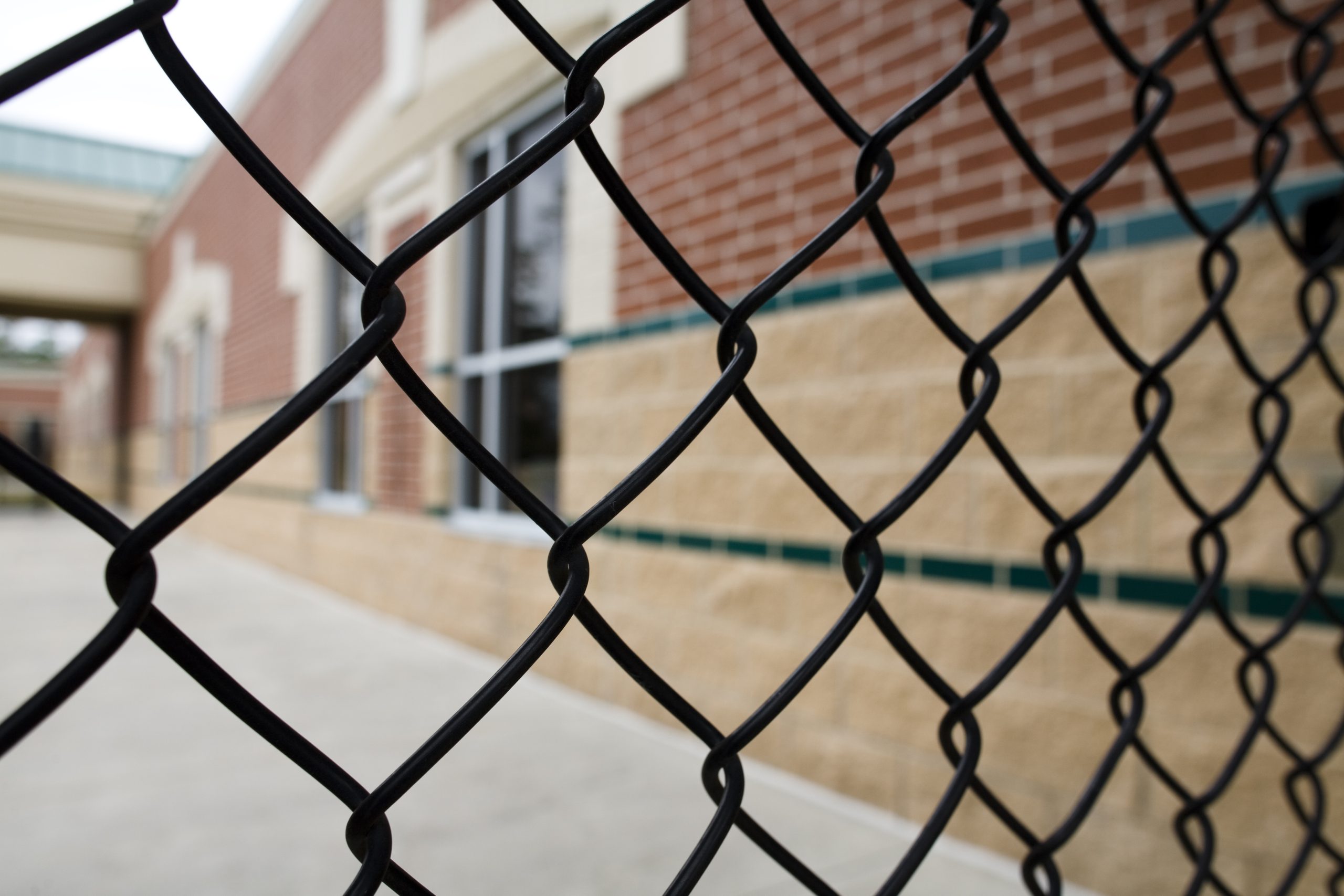Gentrification is controversial and often associated with the displacement of low-income residents of color, cultural shifts in a neighborhood and other negative outcomes, but it can also bring new resources into communities that have experienced historic disinvestment, offering greater access to well-resourced public amenities such as parks, libraries and schools.
Recent research from the Civil Rights Project/Proyecto Derechos Civiles at UCLA, Gentrification and Schools: Challenges, Opportunities and Policy Options, examines the growth of gentrification in California and its impact on schools and educational opportunities in the state.
“Gentrification is a mixed bag, especially when it comes to schools,” said lead author Kfir Mordechay, an associate professor at Pepperdine University and research associate at The Civil Rights Project. “Neighborhoods get more diverse, but schools struggle to keep pace. Integrating schools is important, and gentrification could help if done right. It is possible with the right balance and policies to make sure everyone benefits.”
Researchers examined the relationship between gentrification and elementary school desegregation in three California cities — Los Angeles, Oakland and San Diego — between 2000 to 2019, finding that gentrified neighborhoods have become more racially and economically diverse compared to those that did not gentrify, but only modest changes were seen in local schools.
Due to the complex connections between gentrification, school choice and school segregation patterns, the relationship between gentrification and local elementary schools was found to largely depend on the specific city and community.
For example, in Los Angeles, where 55 percent of all low-income neighborhoods have gentrified since 2000, exposure to low-income students in gentrified neighborhoods has declined for each racial group, with the steepest decline for white and Asian youth.
In Oakland, one of the nation’s most rapidly gentrifying cities, racial isolation in schools has declined for each racial and ethnic group in areas that gentrified. In San Diego, the status quo remained relatively stable over time for most racial groups. There also continues to be a substantial number of majority-minority and intensely segregated schools in all three cities, with the most in Los Angeles, followed by Oakland then San Diego.
The analysis also revealed that gentrifying neighborhoods have a larger share of charter schools than communities that do not gentrify, but that there remains a highly bifurcated and racially imbalanced charter sector, with some charter schools serving high concentrations of minority students and others serving high concentrations of white students.
“Public schools in California’s cities have extreme school segregation by race and poverty and a large decline in students,” said Gary Orfield, Civil Rights Project co-director. “Gentrification is a massive force that could bring enrollment and integration but leadership and imagination are needed to capture the potential benefits.”
Diverse schools have been shown to benefit all students by helping to boost performance through improved academic achievement, social mobility, civic engagement, empathy and understanding.
Recommendations
States and cities need more explicit policies aimed at promoting equitable neighborhood and school outcomes in gentrifying neighborhoods, researchers concluded. In addition to housing policies, they provided the following recommendations for education policies:
- Develop controlled choice student assignment policies in which school districts assign students to schools based on their families’ preferences and with diversity goals in mind to better facilitate school desegregation.
- Encourage enrollment in the local neighborhood schools by developing school programs that are attractive to existing residents as well as gentrifier families, including magnets (e.g., dual-language immersion, science technology engineering and mathematics), extracurricular activities, before- and after-school care and or other programming.
- Revise charter school policy so that it is more supportive of desegregation. In the authorization and reauthorization processes, for instance, charter schools could be required to have diversity goals and to describe the strategies they are using to reach those goals. Charters could also be required to provide free and accessible transportation as well as free or reduced-priced meals, researchers noted.
- Finally, attending not only to the desegregation of schools in gentrifying neighborhoods, but also to the integration of students within those schools (e.g. ensuring students from different backgrounds have access to culturally sustaining curriculum, teachers from diverse backgrounds) so that low-income students of color are not systematically marginalized in racially and socioeconomically desegregated schools is crucial.





